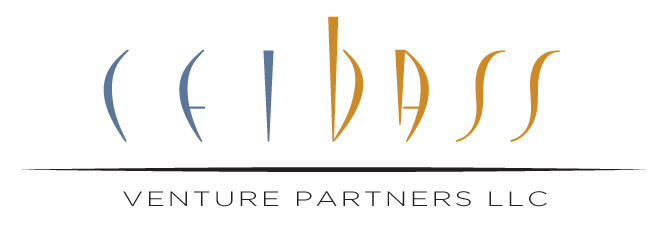The enterprise value specialists Ceibass help lawn and landscape business owners recognize and address gaps between the current state of their business and the desired goals for their business to maximize value.
“Identifying and dealing with gaps between the current state and desired goals is crucial for growth and sustainability” said Tom Fochtman, Ceibass CEO. “Gaps can appear in various aspects of the business, hindering progress and profitability. Distinguishing these gaps is the first step toward bridging them effectively.”
So what are some of the common gaps that lawn and landscape companies often face? The team at Ceibass offered these insights:
1. Skill and Knowledge Gap
One of the most common gaps is the disparity between the skills and knowledge the team currently possesses and what is required to stay competitive. This gap can manifest in various ways:
Lack of Expertise in Advanced Landscaping Techniques: As the industry evolves, new techniques and trends emerge. Companies may find that their staff needs more training to keep up with these advancements.
Inadequate Knowledge of Sustainability Practices: With increasing demand for eco-friendly solutions, companies may need more expertise in sustainable landscaping practices, such as xeriscaping, native plant landscaping, water-efficient irrigation systems, electric equipment, electric fleet, solar, etc.
2. Technology Gap
The technology gap refers to the difference between the technology currently used and the advanced tools and systems available that could enhance efficiency and customer service. (Does anyone NOT use routing software by now?)
Outdated Equipment: Using old or inefficient equipment can slow down operations and increase maintenance costs.
Lack of Integrated Software Systems: Many companies still rely on manual processes for scheduling, billing, and customer relationship management. Adopting integrated software solutions can streamline operations and improve accuracy.
3. Market Reach Gap
Expanding market reach is often a significant goal, but many companies find themselves stuck in their current markets.
Limited Geographical Presence: Some companies may have a strong presence in their local market but struggle to expand to nearby regions or new cities.
Niche Service Offerings: Companies that specialize in a narrow range of services may miss out on opportunities to serve a broader market with diversified offerings. Don’t rule out strategic, smart acquisitions.
4. Customer Engagement Gap
Maintaining strong relationships with customers is essential, but many businesses find there is a gap in how they engage and retain their clientele.
Inconsistent Customer Service: Variability in service quality can lead to customer dissatisfaction and loss of repeat business.
Poor Communication Channels: Not utilizing multiple communication channels (social media, email, SMS) can lead to missed opportunities for customer engagement and feedback.
5. Financial Gap
Financial health is critical for growth, and gaps in financial planning and management can be detrimental.
Cash Flow Management Issues: Many companies struggle with maintaining consistent cash flow, especially during off-seasons.
Inefficient Budget Allocation: Poor allocation of resources can lead to underfunded critical areas like marketing, staff training, or equipment upgrades.
6. Brand and Marketing Gap
A strong brand and effective marketing strategies are vital for standing out in a competitive market.
Weak Brand Identity: Without a strong, recognizable brand, companies may struggle to differentiate themselves from competitors.
Limited Online Presence: Inadequate online marketing efforts can result in missed opportunities to attract new customers and engage with existing ones.
7. Operational Efficiency Gap
Operational inefficiencies can significantly impact productivity and profitability. Join a peer group to see what’s working and what’s not.
Inefficient Workflow Processes: Gaps in workflow processes can lead to delays, errors, and increased labor costs.
Lack of Standard Operating Procedures: Without SOP’s there can be inconsistencies in service delivery and quality control.
8. Strategic Planning Gap
A lack of strategic planning can leave a company reactive rather than proactive. Retain a qualified consultant or advisor to assist if need be.
No Long-Term Vision: Companies without a clear long-term vision may struggle to make decisions that support sustained growth.
Failure to Adapt to Industry Trends: Staying abreast of industry trends and adapting accordingly is essential for long-term success.
“Identifying and addressing these common gaps can help lawn and landscape companies bridge the distance between where they are now and where they aspire to be to increase value,” added Tom. “By focusing on continuous improvement in skills, technology, market reach, customer engagement, financial health, branding, operational efficiency, and strategic planning, businesses can position themselves for sustained growth and success in our very competitive industry.”







